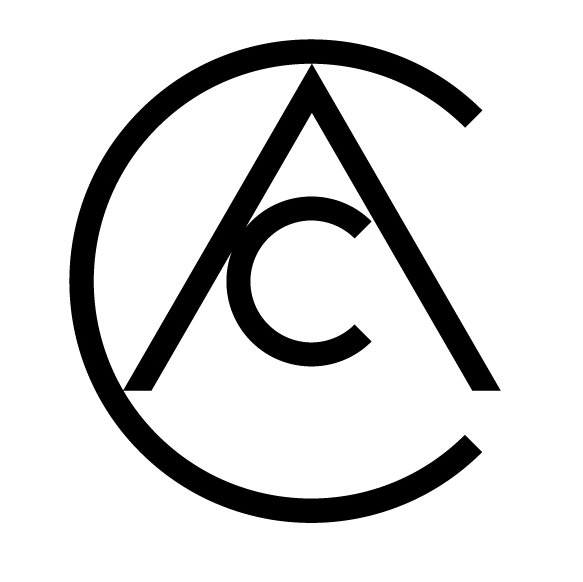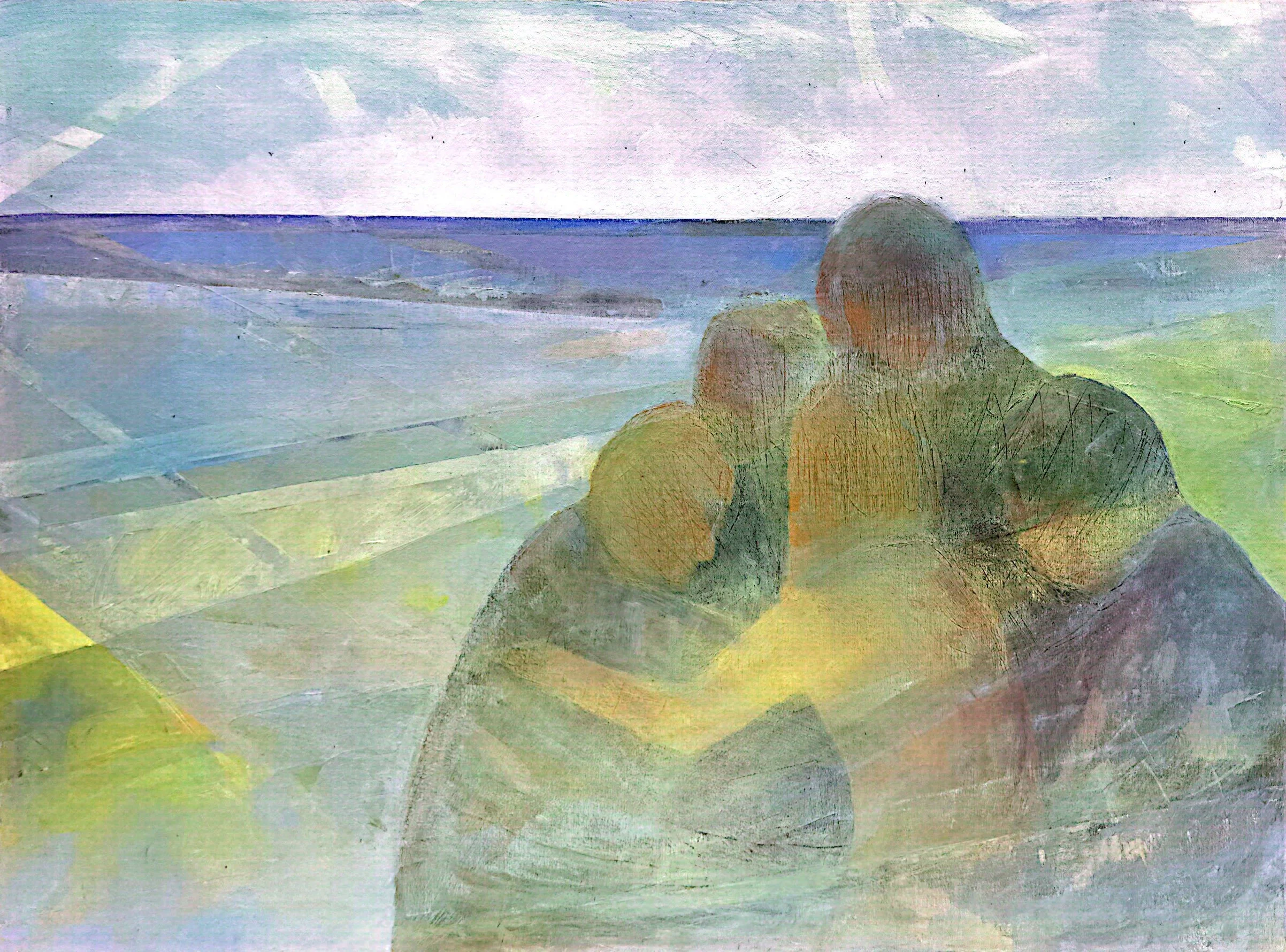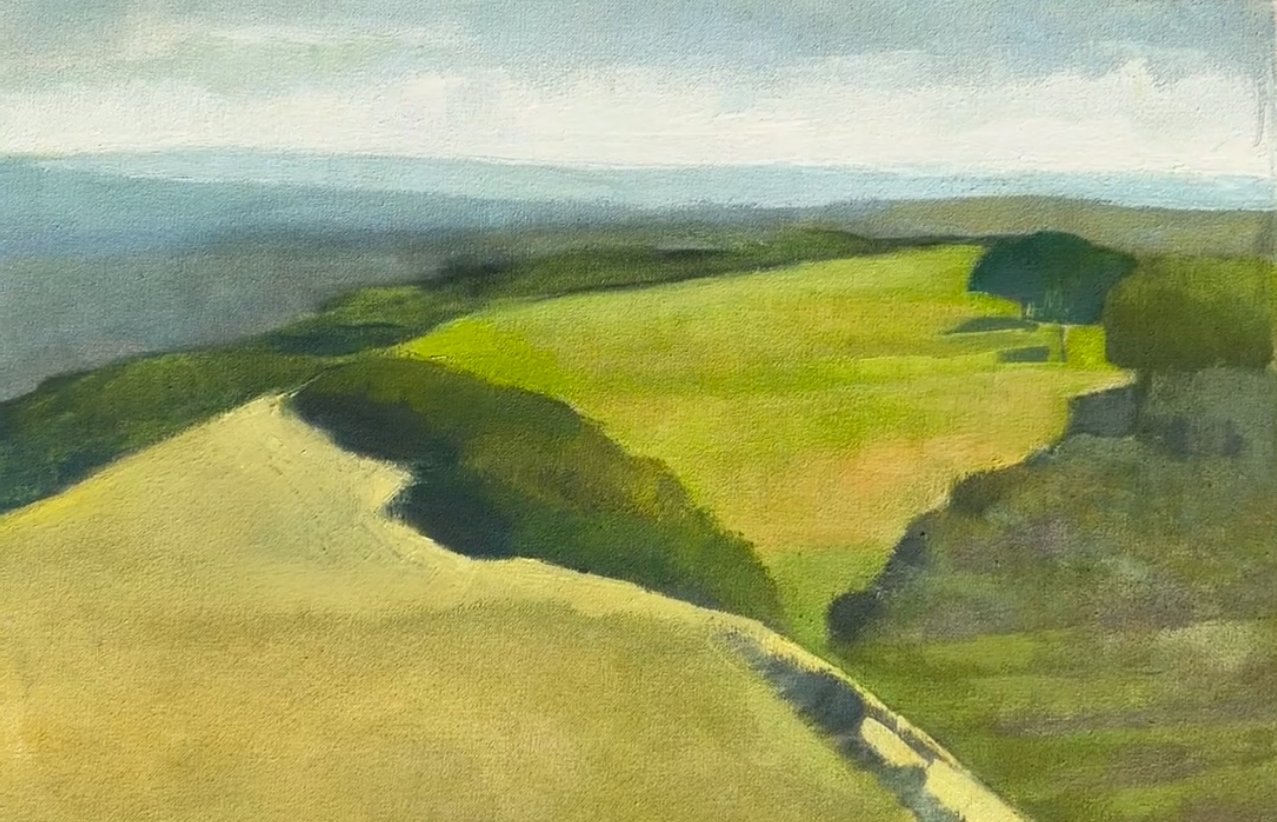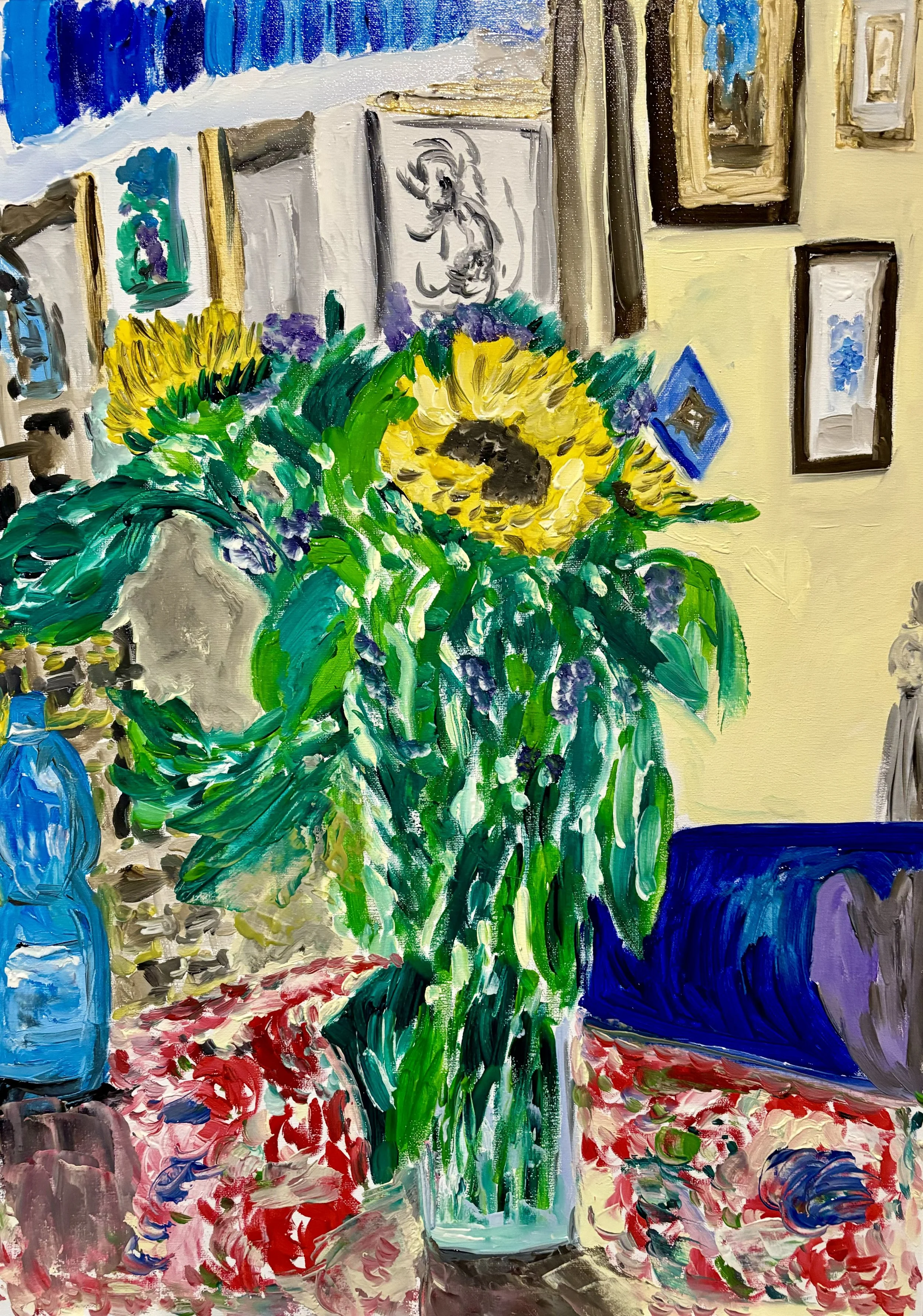Interview with Dita Jacobovitz
Dita, landscape appears as a persistent and commanding presence in your work. What draws you so repeatedly to this genre, and how has your relationship with the land evolved emotionally and intellectually throughout your career?
Landscape indeed is present in most of my artworks.
This landscape view is the first thing I observe each day, monitoring it continuously through different times of the day and seasons. It serves as my source of inspiration.
I observe the changing colours and the light that moves over the valley and mountains. Over many years, my art has evolved from focusing on shapes to drawing lines, and back again to abstract shapes of colours.
You’ve described your painting as a ‘mediating process,’ one that is even ‘healing.’ Could you elaborate on how the act of painting transforms inner experience into visual form? What role does memory play in this transformation?
Consistently creating art instils confidence in my ability to continue producing work. This establishes a fundamental layer of trust. Each phase in my previous artworks offers an ongoing retrospective.
My focus on colour, even when it appears absent, captivates me. It is what sustains my enduring and continuous artistic journey, where each action carries the imprints of the present moment and the depths of time.
Many of your landscapes, though rooted in real locations, feel more like distilled emotional spaces than strict representations. How do you balance observational fidelity with expressive abstraction in your creative decisions?
Each artwork requires its own balance. Observation comes first, followed by abstraction, which might show up in other works within the same series.
Creative decisions emerge spontaneously, shaped by intuition and experience. These choices are immediate, resisting explanation, and rooted in a deep connection to life’s rhythm, the canvas, and the environment.
Your artworks reflect both a rigorous compositional approach and a palpable sense of improvisation. How has your technique, especially your use of oil on canvas or paper, shifted over time to accommodate this tension between structure and freedom?
My technique has evolved over time, blending old methods with new ones. I use any method that meets my standards of authenticity, loyalty, and respect for the artwork's idea. Initially focused on accuracy in observation, my approach has shifted towards capturing beauty and authenticity, aiming for greater independence.
You’ve painted many of your scenes ‘plein air,’ directly in nature. What is it about this practice that feels essential to you, and how does it differ in results or experience from working in the studio from memory or sketches?
‘Plein air,’ is indeed a different method.
When I am out, they’re in nature, following and observing nature I learn again what is proportional, what are the authentic colours.
It’s so important to me to do this, gives me objective feedback.
More like a test for mixing colours and grasping the essence of the scene Infront of me.
It becomes an intimate exercise, an ongoing dialogue between my perceptions and the reality before me. This practice sharpens my awareness, not just of form and color, but also of fleeting nuances like light and atmosphere. There’s a quiet joy in these moments, as if the act of painting outdoors becomes a collaboration with the environment itself.
Your biography reflects a rich cultural background and deep connection to place, from your childhood in Israel to your studies in Italy. How do these dual influences, Middle Eastern and European, intertwine in your visual language and thematic exploration?
Israel is indeed a land of striking contrasts, where the vibrant landscapes seem to echo the cultural and historical richness of the region. From the greenery of the Galilee in the north to the arid, golden expanse of the Negev Desert in the south and to the Dead Sea, the country hosts a visual symphony of textures, forms, and hues all shift under the changing light. it slices through the landscape.
Italy, by contrast, offers a softer light, gentler in its transitions and brimming with warmth that caresses rather than pierces the landscape. The light in Italy seems wonderful for artists.
You’ve been part of several significant exhibitions, including the ‘Pause’ project with curatorial guidance. How has the experience of exhibiting, particularly in collaborative or curated settings, shaped how you view your own work or its place within the broader art conversation?
The 'Pause' exhibition project, part of a three-year course with two curators, gave me and the group of artists new insights into our art processes. This was an important step.
Before this, I felt capable of creating art on my own, being in this group made me realize the value of dialogue and its connection to the surrounding reality.
Inspired by a newspaper article, I named my piece "Hug," which showed the release of a hostage and their first embrace.











